What do you expect from rosé? Crispness? Refreshment? Fruits and flowers and little else? And does the color matter to you? I’ve always been flummoxed by this category of wine, for the measuring sticks we use to gauge it are so different from other wines. I like to explore details, tease apart aromas and textures, and find the little kernel of uniqueness that makes the wine memorable. As much as I dislike generalizations, here is one: with a majority of rosé, this approach is as much a fool’s errand as it is simply missing the point. Rosé can be a release valve from the seriousness of everyday life. (So apparently, the issue isn’t the wine, it’s me).
However, once in a blue moon I come across a rosé that wants to play my game. Enter this Cerasuolo d’Abruzzo from Amorotti, a very intriguing winery located in Loreto Aprutino in the rugged central interior of Italy.
If that village name sounds familiar to the wine obsessed in the audience, its because Valentini is also located in Loreto Aprutino. In fact, Amorotti’s winemaker, Gaetano Carboni, is a peer of Francesco Valentini, for they are neighbors on the same street.
Like Valentini, Amorotti makes fiercely traditional wines, with this direct-press rosato enjoying an oak cask élevage of one year. It’s nearly vermillion color proudly announces its separation from the pale, pop-song rosé of the mass market. The nose immediately thereafter does not disappoint, revealing a supersonic set of notes reminiscent of apricots, crisp apples, orange spice tea, dried coconut, beeswax and a profusion of yellow flowers. I huffed on these aromas like an oxygen-starved athlete at altitude.
There was also a slight tinge of brownness in its flavors, as though the wine flirted with oxidation but never committed. In this way, it was more suggestive of a white Rhône and quite similar in tenor and nature to Amorotti’s stellar Trebbiano d’Abruzzo (★★★★★), a white wine that I will have to write about another time. These are wines that express so much, including a certain timeless quality that only traditionally-made wines can reveal. There is a time and place for polished wines, and there is a time and place for the beautiful rustic. This summer, I’m embracing the latter.
2018 Amorotti Cerasuolo d’Abruzzo
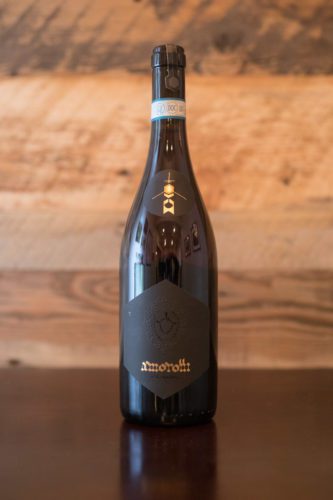 Cerasuolo d’Abruzzo DOC (Abruzzo)
Cerasuolo d’Abruzzo DOC (Abruzzo)
Grapes: Montepulciano (100%)
Alcohol: 13%
Opinion: ★★★★★ (out of five)
Food-friendliness: Highly versatile
Value: A Little Pricey
Learn more about our wine icons
A beginner might like … The vermillion color and profusion of aromas. In many ways, the demeanor of this wine has more in common with skin-contact “orange wines” than with our usual rosé frame of reference. Breath it in. It’s wild.
A wine-obsessive might like … Those flirtatious notes of oxidation. Many rosé are fermented in stainless steel under strict temperature control, yielding a clean wine with fresh fruits and crispness. Again: time and place for everything. Here, the black-fruit flavors of Montepulciano transform into vivid orange-stone fruit, tea-like tones and an edgy nuttiness that comes directly from the choice to raise this wine in oak casks for a year.
Note: This wine was purchased with our editorial budget thanks to subscribers like you.

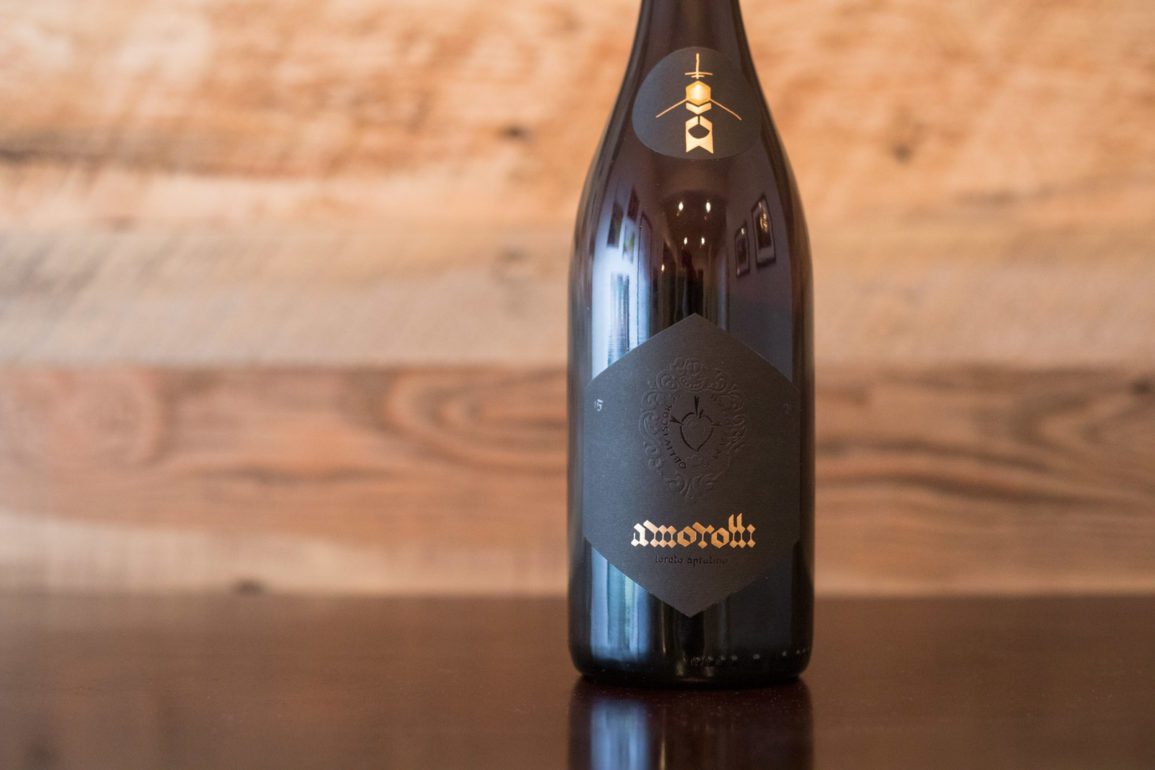
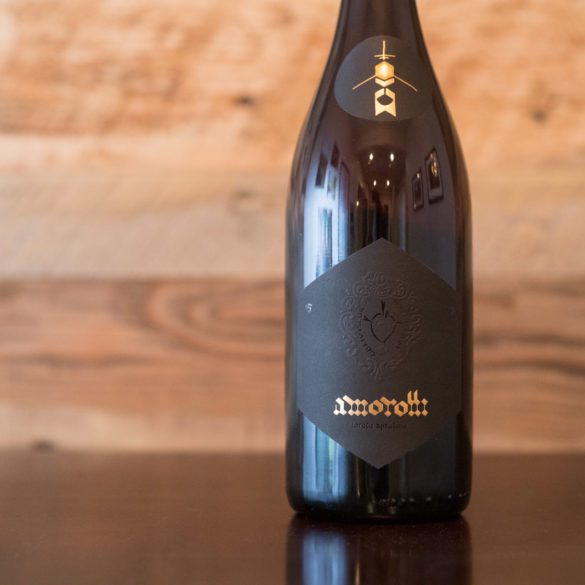
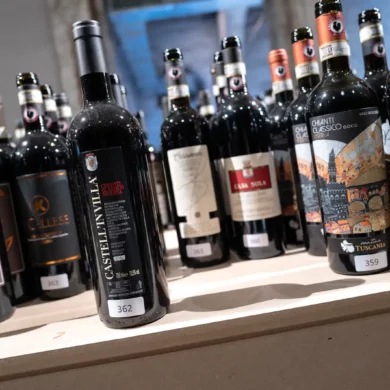
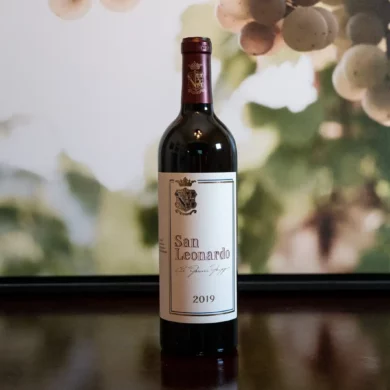
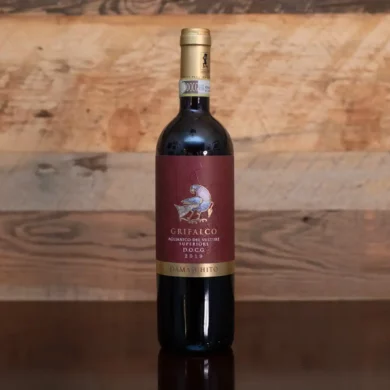
I hope I can find this wine somewhere (I live in London), because it sounds fascinating but, although I share your taste in wine, you seem to have a blind a spot, and a big one: Spain. By (almost) universal consensus the best rosé wine in the world is López de Heredia’s Tondonia Gran Reserva Rosado which, during the bleak Parker years, could be bought for a song, but now is a cult wine if ever there was one. To begin with is only released 10 years after the vintage (a rarity nowadays, even for reds), and is about as complex as a rosé (or any wine) can get. I look forward to you take on it, if you are willing to move out of Italy long enough ????.
I willingly agree with your criticism. That is a big blind spot, as are the wines made in my home country of the U.S. I do enjoy Spanish wines, and certainly wouldn’t claim that Italy and France are the only places to find compelling wine. The choice, however, to cover them is a practical one, as I was feeling a need to hone my focus to reach a certain kind of depth in my reporting. I was feeling scattered as a writer hopping around the globe through a glass, so I stopped and chose Italy and France. However: good news. With the revenue I’m generating on my virtual tastings — and soon, paid subscription for the site — I am putting it back into the site and commissioning talented writer to cover the broader world of wine. And its so funny you should mention Lopéz de Heredia because Ashley Hausman MW (one of those talented writers) just submitted a draft on the family’s Rioja. It will publish in August sometime. I appreciate your comment, and hope you can find Amorotti. Its fascinating. Cheers.
I see there are two comments (I guess one is mine) but I can’t get access to it… Any way of solving that issue (I tried both with Safari and Chrome, without success).
Hi Mauricio, Thanks for pointing this out. The site’s theme update has an incompatibility that we need to iron out. We’re working on it and hope to have it resolved soon. It’s not your browser, its our site.